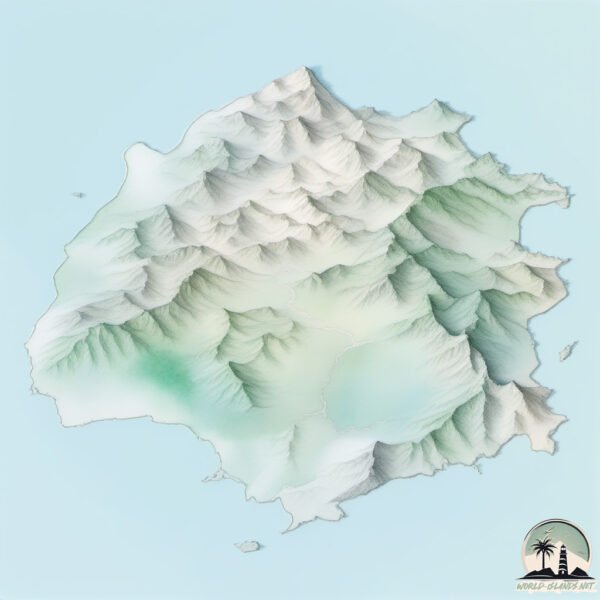Welcome to Thasos , a Temperate island in the Aegean Sea, part of the majestic Atlantic Ocean. This guide offers a comprehensive overview of what makes Thasos unique – from its geography and climate to its population, infrastructure, and beyond. Dive into the details:
Geography and size of Thasos
Size: 384.7 km²Coastline: 111.4 kmOcean: Atlantic OceanSea: Aegean SeaContinent: Europe
Thasos is a Large Island spanning 385 km² with a coastline of 111 km.
Archipel: Mediterranean islands – Encompassing numerous islands in the Mediterranean Sea, each with its own unique culture, history, and natural beauty, from the Balearics to the Greek islands.
Tectonic Plate: Eurasia – One of the world’s largest tectonic plates, the Eurasian Plate covers a significant portion of Europe and Asia. It’s characterized by diverse geological features, including the Ural Mountains, the European Plain, and the Himalayas formed from its collision with the Indian Plate.
The geographic heart of the island is pinpointed at these coordinates:
Climate and weather of Thasos
Climate Zone: TemperateClimate Details: Hot-Summer Mediterranean ClimateTemperature: Hot Summer
Climate Characteristics: Characterized by hot, dry summers and mild, wet winters, typical of coastal areas with abundant sunshine.
Topography and nature of Thasos
Timezone: UTC+02:00Timezone places: Europe/MariehamnMax. Elevation: 1030 m Mean Elevation: 307 mVegetation: Evergreen Needleleaf ForestTree Coverage: 28%
The mean elevation is 307 m. The highest elevation on the island reaches approximately 1030 meters above sea level. The island is characterized by Mountains: High, steeply elevated landforms. Characterized by both a high maximum elevation (over 500 meters) and a high mean elevation, creating rugged, mountainous terrains on islands.
Dominating Vegetation: Evergreen Needleleaf Forest
Vegetation: 12 vegetation zones – Exceptionally Diverse Island
Infrastructure and Travelling to Thasos
Does the island have a public airport? no .
Does the island have a major port? no .
The mean population of Thasos is 36 per km². Thasos is Gently Populated. The island belongs to Greece .
The name of the island resonates across different cultures and languages. Here is how it is known around the world: Arabic: ثاسوس; German: Thasos; Spanish: Tasos; French: Thasos; Portuguese: Tasos; Russian: Тасос; Chinese: 萨索斯岛
Continuing your journey, Samothraki is the next notable island, situated merely km away.
Welcome to the Island of Thassos, one of the most spectacular islands of the Aegean Sea. Part of Greece, the island hosts ...
The Beauty of Thassos Island in 4K
Welcome to the Island of Thassos, one of the most spectacular islands ...
Welcome to the Island of Thassos, one of the most spectacular islands of the Aegean Sea. Part of Greece, the island hosts ...
Top 10 Best Things to Do in Thassos, Greece [Thassos Travel Guide 2024]
Discover the best things to do in Thassos, a picturesque green island ...
Discover the best things to do in Thassos, a picturesque green island in the North Aegean. This serene family-friendly getaway is ...
12 Best Beaches in Thassos Island, Greece
12 Best Beaches in Thassos Island, Greece: Giola (0:36) Pefkari Beach ...
12 Best Beaches in Thassos Island, Greece: Giola (0:36) Pefkari Beach (1:03) Livadi Beach (1:21) La Scala Beach (1:49) Notos ...
Greece is classified as Developed region: nonG7: Developed economies outside of the Group of Seven, characterized by high income and advanced economic structures. The level of income is High income: OECD.
News – Latest Updates and Headlines from Thasos
Stay informed with the most recent news and important headlines from Thasos. Here’s a roundup of the latest developments.
Loading...
Please note: The data used here has been primarily extracted from satellite readings. Deviations from exact values may occur, particularly regarding the height of elevations and population density. Land area and coastline measurements refer to average values at mean high tide.

